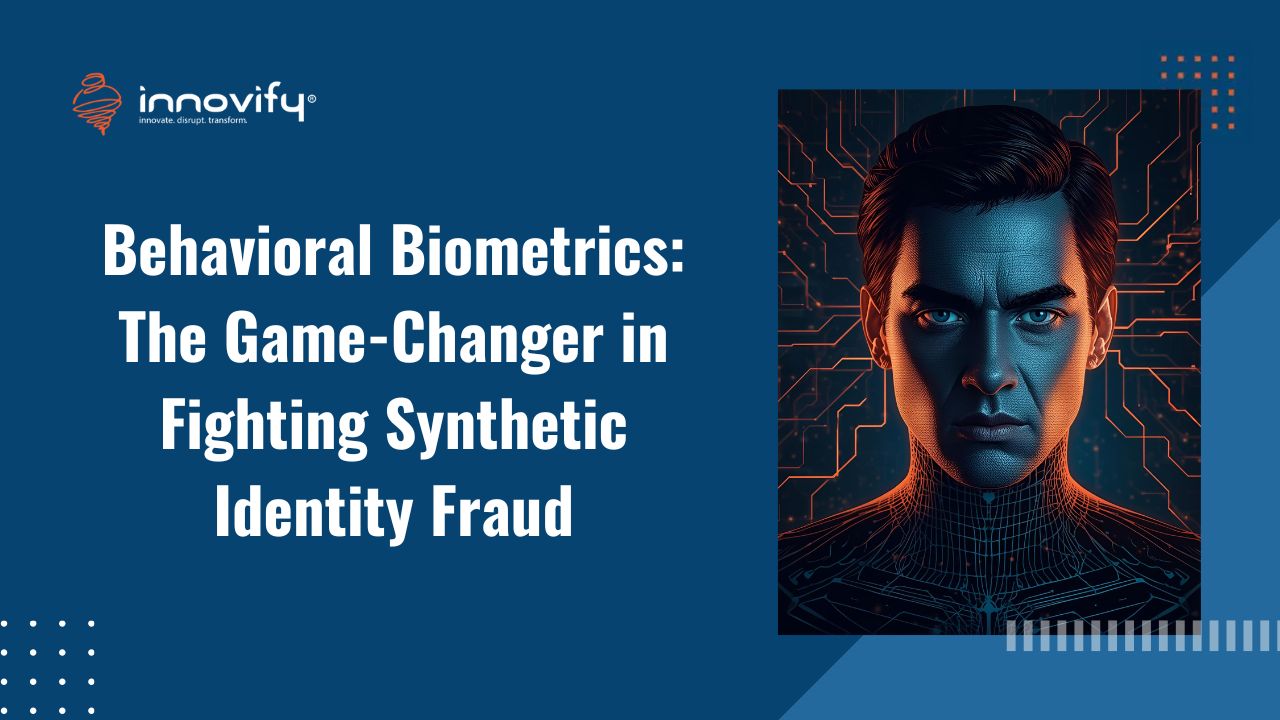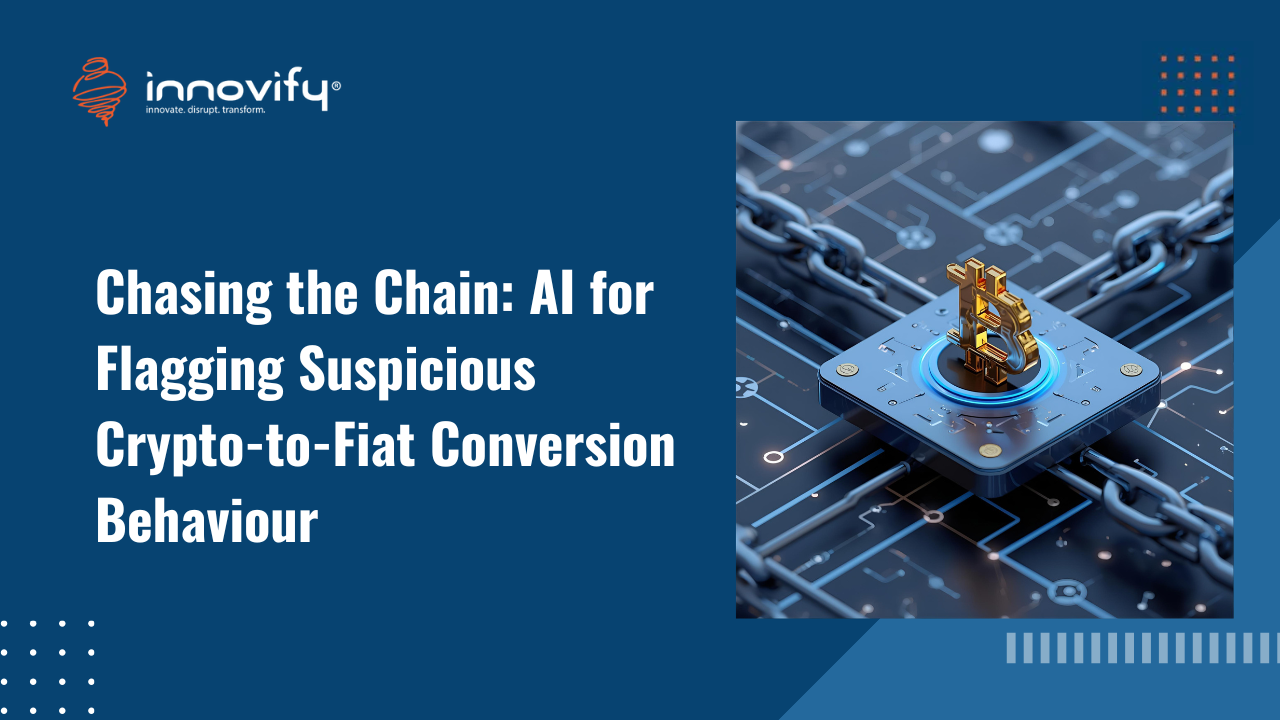AI/ML
The AI Backbone: Seamlessly Integrating Intelligence into Your Enterprise
Integrating AI models with enterprise systems
Building a high-performing AI model in a lab environment is a significant achievement, but it’s only the first step. The true value of artificial intelligence is unlocked when that model is no longer a standalone “science project” but a core component of the business, seamlessly enhancing existing operations. This is the art and science of integrating AI models with existing enterprise systems. Without a strategic approach to this integration, the insights generated by AI remain on a data scientist’s dashboard, unable to influence real-world decisions or drive tangible ROI.
The Enterprise Integration Challenge
Enterprise systems—such as ERP (Enterprise Resource Planning), CRM (Customer Relationship Management), and supply chain management platforms—are the digital backbone of a modern business. These systems are often complex, built over many years, and were not designed with AI in mind. The challenge of integrating AI models stems from several key areas:
- Data Silos and Inconsistency: AI models often require real-time, clean, and consistent data. However, enterprise data is frequently siloed, stored in different formats, and plagued by inconsistencies.
- Technical and Legacy Hurdles: Many enterprise systems, particularly older ones, lack modern APIs or standard data interfaces, making it difficult for AI models to ingest the data they need or push their outputs back into the system.
- Latency and Performance: Some AI models, especially for real-time applications, require low-latency communication. Integrating with slow, legacy systems can create performance bottlenecks that render the AI’s insights useless.
- Operational Complexity: The process of deploying and maintaining an AI model is different from traditional software. It requires monitoring for model drift (when a model’s accuracy degrades over time) and retraining, which must be managed as part of the integration pipeline.
Strategic Integration Patterns
Overcoming these challenges requires a deliberate and strategic approach to integration. There are several key patterns for integrating AI models with existing enterprise systems:
- API-Based Integration (Synchronous): The most common and flexible approach is to expose the AI model as an API (Application Programming Interface), typically a REST or gRPC endpoint. This turns the model into a microservice that any other enterprise system can call. For example, a CRM system could make an API call to a sentiment analysis model to score a customer’s email in real time. This pattern is ideal for on-demand, low-latency use cases where an immediate response is needed. It provides a clean separation between the AI logic and the business application, allowing both to be developed and scaled independently.
- Event-Driven Integration (Asynchronous): For scenarios where real-time response isn’t critical, or for high-volume, continuous data streams, an event-driven architecture is a superior choice. Here, enterprise systems publish “events” to a central message queue (e.g., Kafka, RabbitMQ) whenever a relevant action occurs (e.g., a new customer order is placed, an inventory level changes). The AI model, as a consumer, listens for these events, processes the data, and publishes its own output event back to the queue. Another system can then subscribe to this output to take action. This approach is highly scalable and resilient, preventing a single point of failure and enabling loose coupling between systems.
- Batch Integration: For processes that don’t require real-time insights, such as monthly sales forecasts or quarterly risk reports, a simple batch integration is often sufficient. In this pattern, data is extracted from enterprise systems in batches, processed by the AI model, and the results are then pushed back into the system or a data warehouse at a later, scheduled time. This is a cost-effective method for tasks that don’t need immediate action.
Building an Integrated AI Future
A successful integration strategy goes hand-in-hand with a robust MLOps framework. A well-integrated AI model needs a continuous data pipeline to feed it fresh data and a monitoring system to ensure its output remains accurate and relevant. The integration should also be built with future scalability in mind, using technologies that can handle growing data volumes and an increasing number of AI models.
By proactively planning for integration from the initial stages of an AI project, businesses can ensure that their AI models are not just powerful tools, but truly intelligent backbones that connect, inform, and optimize every facet of their operations. This strategic vision is what separates a successful AI initiative from a stalled one.
Ready to integrate AI seamlessly into your enterprise systems? Book a call with Innovify today.




